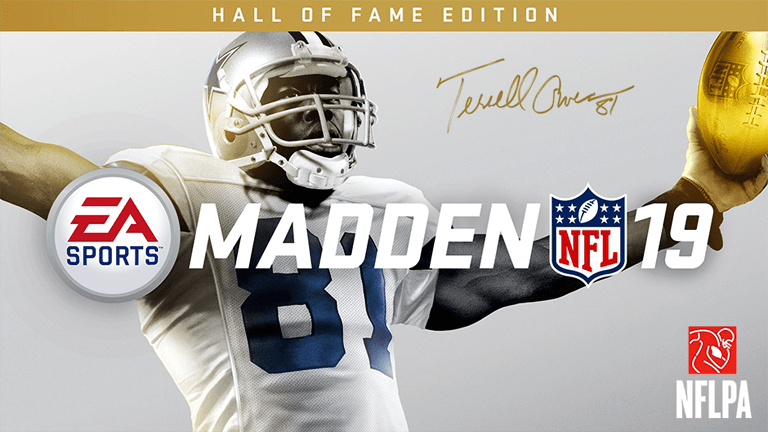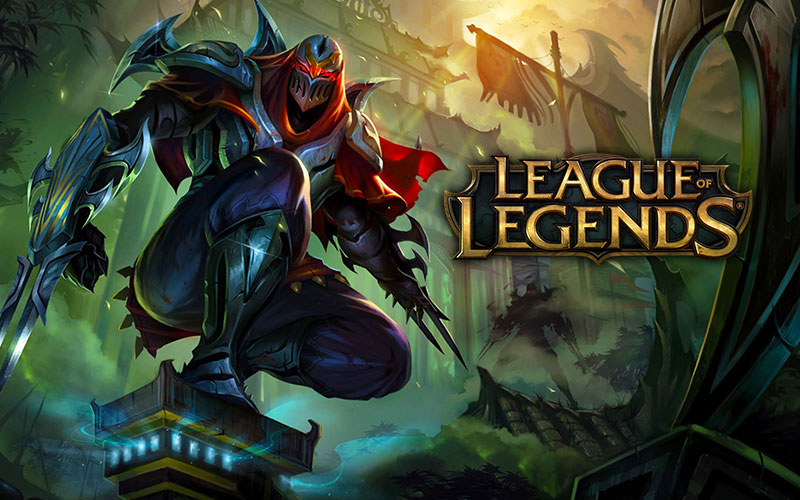Madden NFL 19 beginner’s guide: Tips and tricks for new or returning players
TURN ON ENHANCED PLAYCALLING

Choosing the right play is, of course, a very important part of football. In Madden 19, there are three different types of playcalling: Quick, Enhanced, and Slim. You can choose your style by navigating to Visual Feedback in settings.
You should use Enhanced, as it gives you multiple coaching suggestions, along with an easy way to find plays no matter your skill level and playcalling expertise. In Enhanced, you can pick plays by formation, concept, personnel, and play type. If you know a lot about calling plays, searching by formation is your best bet. But if you just know you want to throw a quick pass, well, you can search for that, too.
THE GROUND GAME IS VIABLE, SO DIVERSIFY YOUR OFFENSE

It’s easy to fall in love with the long ball in Madden. Rifling deep passes downfield is fun and hey, it can lead to huge plays and quick scores. It can also lead to a lot of turnovers. Thankfully, you won’t be as tempted to pass on every down due to the game’s improved run game.
For Madden 19, EA Sports made improvements to the run game that keep your back on his feet longer. Running into your blockers won’t send you to the turf as frequently, and a new system called “Move the Pile” lets you break through tackles and log jams to get a few more yards. You’ll know when a Move the Pile opportunity arises via a button prompt above the ball carrier. Additionally, running through smaller openings is easier.
QB scrambling seems to be much more useful this year. Even when playing on All-Madden difficulty, we were often able to drop back for a pass with the intention of running and pick up at least five yards on almost every play. Obviously, mobile QBs like Marcus Mariota, Russell Wilson, Tyrod Taylor, and Cam Newton fare better at scrambling. However, we tested this out against the CPU with pocket QBs such as Tom Brady and Aaron Rodgers. They still picked up a few yards and often more on each scramble.
If you’re playing against a human opponent, you won’t be able to use this technique repeatedly. Smart players will catch on. You should, however, implement the QB scramble into your run game philosophy to force your opponent to try and counteract it. This will open up your offense and keep your opponent on their toes.
DON’T FALL IN LOVE WITH ONE EVASIVE MOVE

To avoid tackles in the open field you have to make use of your evasive maneuvers like juke, spin, hurdle, stiff arm, truck, and One Cut — a new trick to add to your arsenal this year. With more realistic player movements than previous entries, mastering evasive maneuvers is needed to score touchdowns on a regular basis.
Here’s how to perform each move:
Juke (right stick): A quick move to the left or right that should be used when about a yard away from a potential tackler.
Spin (O/B): A full 360 degree turn that should be used similarly to juking.
Hurdle (Triangle/Y): Jumps over a tackler that comes in low.
Stiff arm (X/A): Extends an arm to push a defender away from you/to the ground.
Truck (press right stick): Lets you lower the boom and power through a defender.
One Cut (R2/RT + right stick): One Cut is unique in that you need to not be holding sprint (R2/RT) to execute it. When running towards a defender, lay off of sprint. When you are within a yard or two, press sprint and push the right stick away from the defender. The ball carrier will plant his foot hard, then take off quickly in the other direction.
Most of these moves can be used in any situation. It’s up to you if you want to spin away from a tackler, or push your way through them, or try and leap over them entirely. We recommend mastering all of the ball carrier moves so you can switch it up. If your opponent knows you always spin, guess what? They will start to be prepared for it and bottle you up before you even turn all the way around.
Naturally, different players excel at different things. Speedy receivers and backs spin, juke, hurdle, and One Cut with more success, while power backs and tight ends are more adept at running through defenders with stiff arms and trucks. Keep your choices varied while also minding each player’s strengths and weaknesses.
USE THE NEW ‘SCHEMES’ TO YOUR ADVANTAGE

Schemes, a new feature in Madden’s franchise mode, are incredibly useful for those who intend to take a team through multiple seasons. There are eight offensive and six defensive schemes.
Offense:
- Run and Shoot
- Spread
- Vertical Power Run
- Vertical Zone Run
- Multiple Power Run
- Multiple Zone Run
- West Coast Power Run
- West Coast Zone Run
Defense:
- Tampa 2
- 46 Defense
- Base 4-3
- Multiple 4-3
- Base 3-4
- Multiple 3-4
Schemes are a cool and helpful new system for racking up experience points for your players. If a player on your roster matches up with your selected scheme, they will earn bonus XP both in practice and during games. The bonus XP can be more than double what they would earn if they didn’t fit the scheme. The little puzzle piece beneath a player’s overall ratings denotes scheme fit.
In the schemes menu located under “My Coach” (or My Owner if playing as an owner), you can switch both your offensive and defensive schemes as frequently as you want. Generally, you should use the scheme your roster is the most compatible with as your default. As you cycle through each scheme, a scheme fit percentage will show up. Below that, you’ll see a list of player types that make up the scheme and how many of those player types you have on your roster.
You can take schemes one step further, though. Instead of just going with the best fit as it stands, you can continuously switch your schemes to develop specific player attributes. If you have a speedy running back that already has a high elusiveness rating, you may want to boost their power running instead. In this case, you could pick a scheme that emphasizes power RBs. With a power running focus, earned and spent skill points can be used towards improving that running back’s power game.
Of course, you can also focus on each player’s inherent strengths. Just remember that the more well-rounded each player is, the more schemes they will fit. That means increased XP for a bunch of players on both sides of the ball.
DON’T NEGLECT PRACTICE

You might not always have time to play a full game. With six minute quarters, a game of Madden NFL 19 takes about an hour. So a full season, if played entirely, can take 20 or more hours if you make the playoffs. And that’s not even counting the time spent in the menu systems and training sessions.
Each time you enter a game throughout the season, you can choose from four different options: full game, offense only, defense only, and “play the moments.” We honestly have no idea why you’d only want to play defense, but hey, it’s up to you. You still earn experience when playing just one side of the ball or “play the moments,” a variant that drops you into crucial situations and the final two minutes of each quarter.
Whatever ever you choose, you should always practice. Before each game, you choose position groups to put through training exercises. You gain experience for these sessions whether you play or simulate them. But you should really try to play all of them, because solid performance nets you increased experience points that you can’t earn through simulating. And if the players you are training fit into your scheme, you can earn even more experience points training than you can in the actual game. So, yeah, practice is important in both real life and in Madden NFL 19‘s franchise mode.
USE CONTRACT NEGOTIATIONS AND SCOUTING TO BUILD A PERFECT TEAM

There’s a reason why contract negotiations and scouting are listed above the next scheduled game in the franchise menu system. Both are integral to your team’s long-term success. Throughout the season, looming free agents will be eligible for contract extensions. You won’t go into these blind, as a fair offer is always listed. You can offer whatever you’d like, but keep in mind that if you go lower than the fair offer, the player will often reject it. You have several weeks to re-sign players, but once their negotiating period passes, they will become a free agent at the end of the season. Of course, you should prioritize your signings of impact players and starters first.
You’ll also get scouting points throughout the season. These can be used to unlock letter grades for players in the upcoming draft class. The game automatically creates a “big board,” a ranked list of players by position, but don’t assume that the number one ranked QB is necessarily better than the number five ranked QB. Your scouting may prove that the number five ranked QB is an early first round talent while the number one ranked QB is merely a second round talent. The only way to know for sure is by spending those scouting points.
Understanding Modded APKs
I must emphasize that using modded APKs (modified application packages) to access games or…












